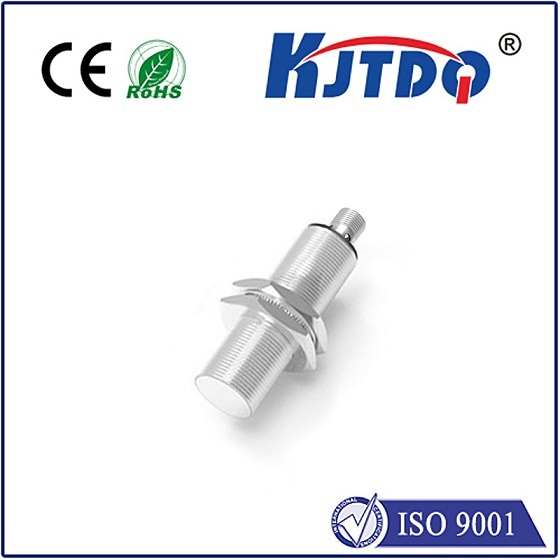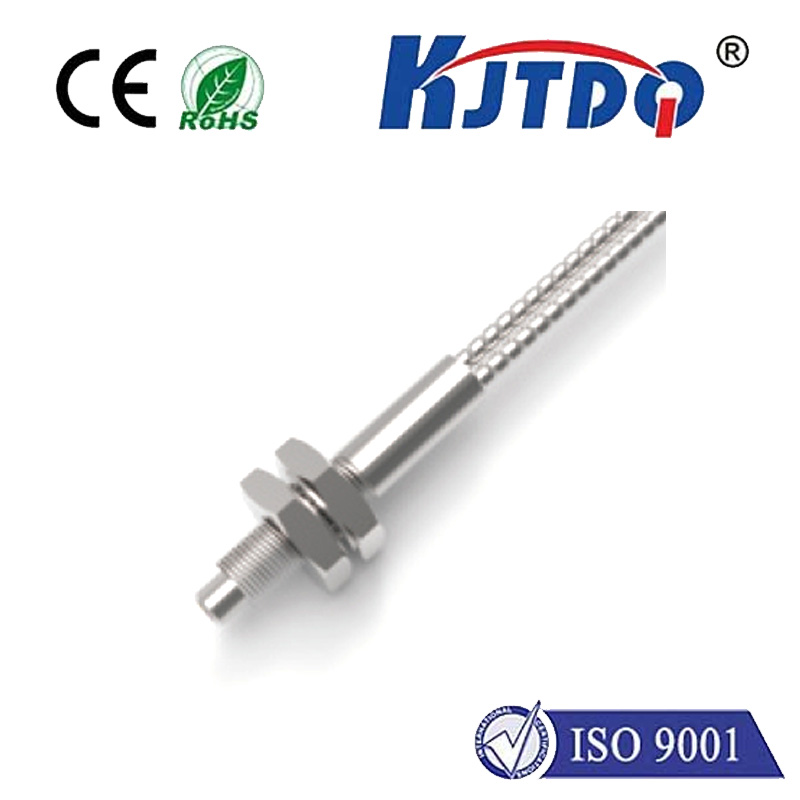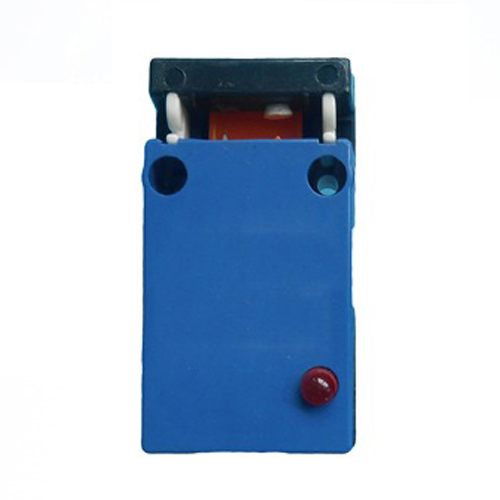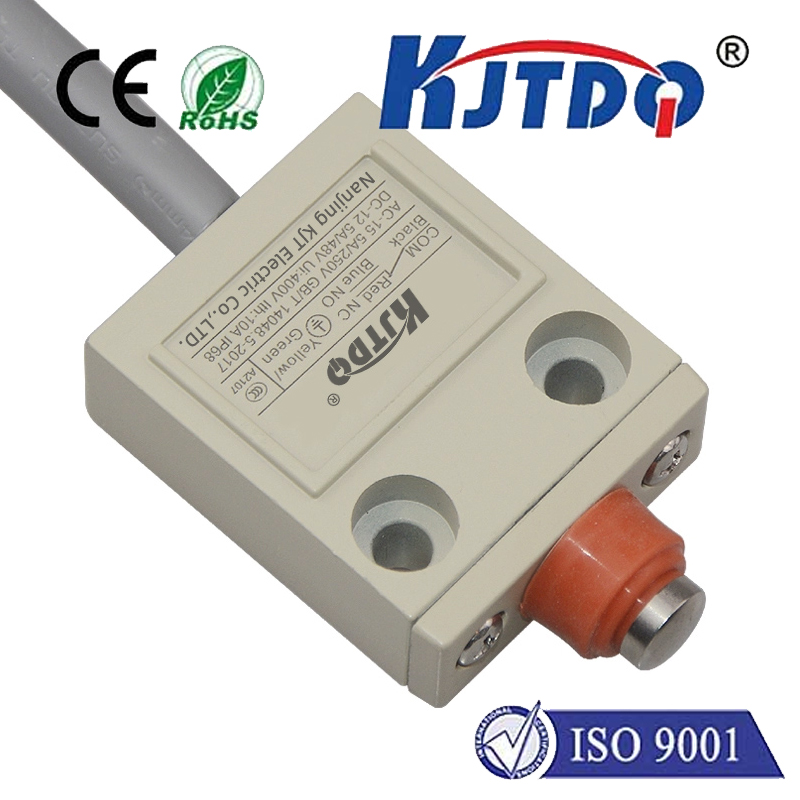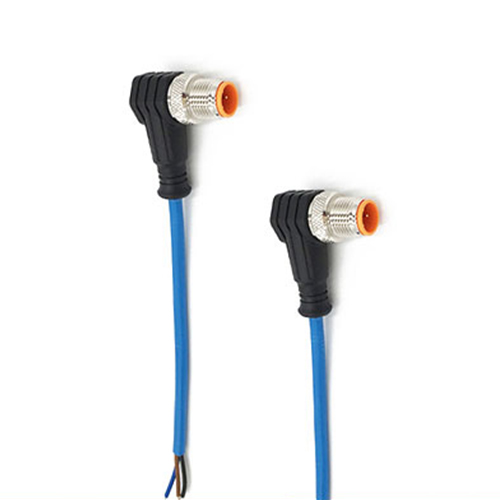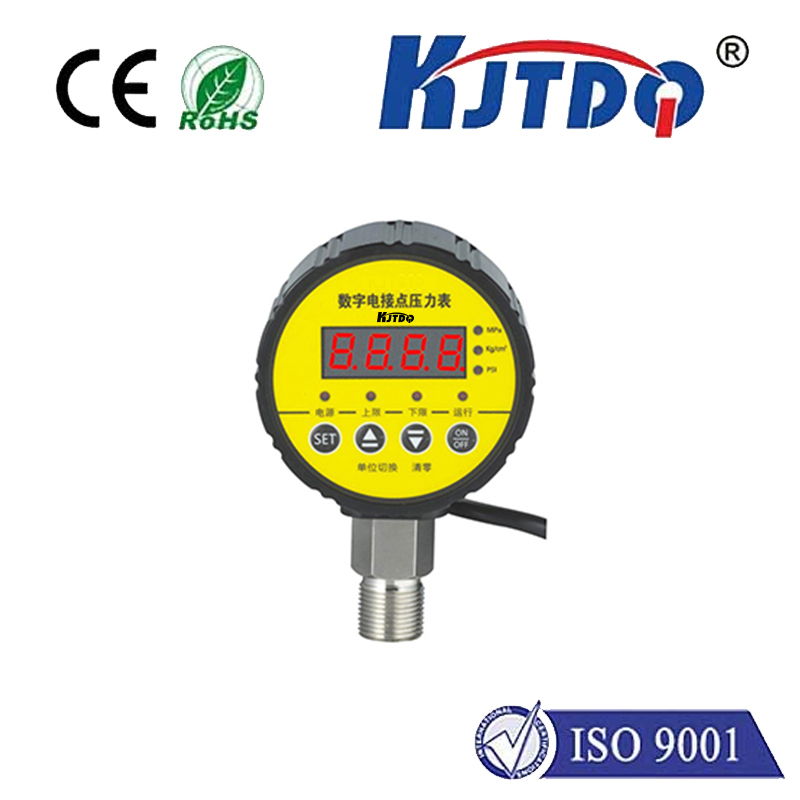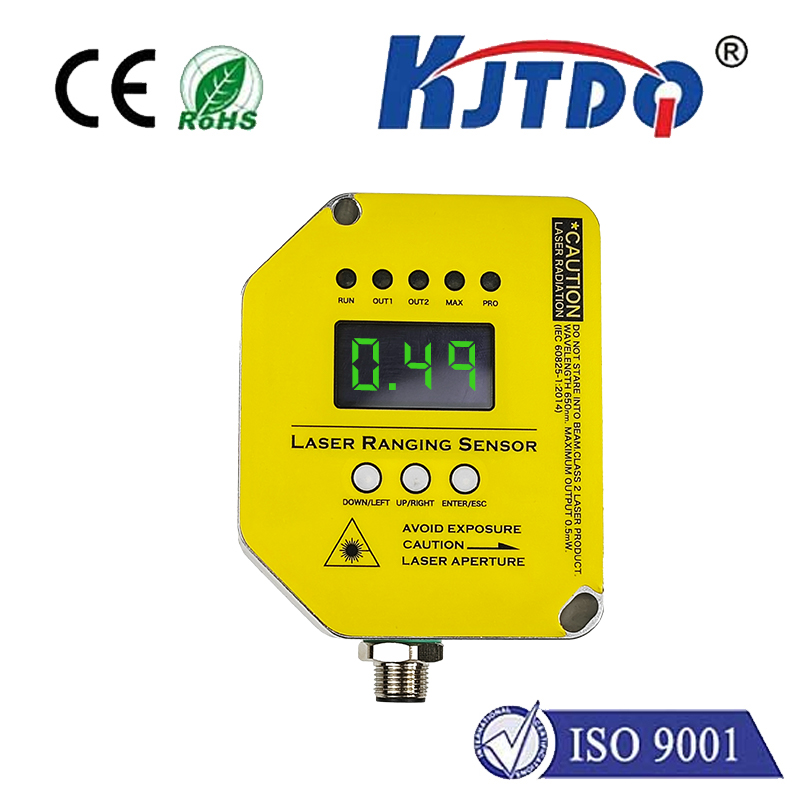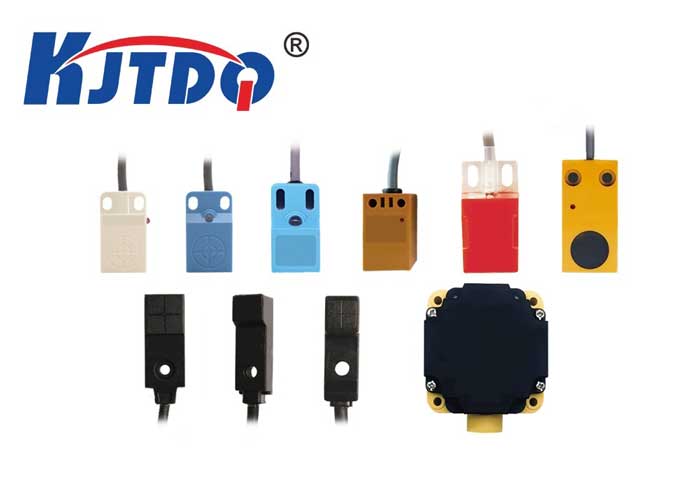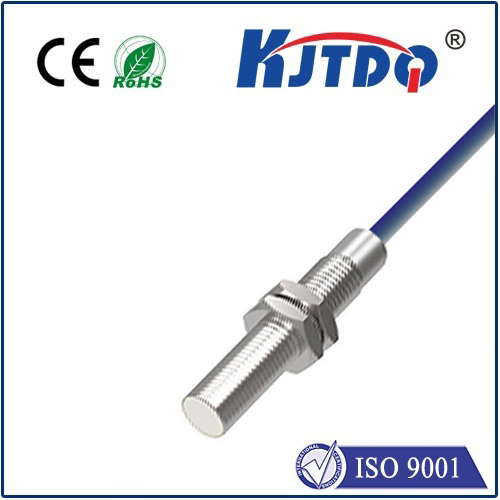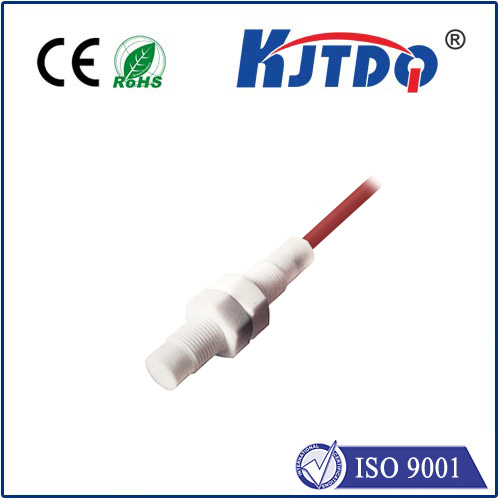

check

check

check

check

check

check

check

check

check

check
In recent years, home security has become a top priority for many homeowners. With the rise of burglary and theft rates, more and more people are seeking innovative ways to protect their homes and possessions. One such solution is the use of proximity sensors for home security. These small yet powerful devices can significantly enhance your home's safety and provide you with peace of mind. In this article, we will explore how proximity sensors work, their benefits, and how you can integrate them into your home security system.
Proximity Sensors: How They Work
Proximity sensors are electronic devices that detect the presence or absence of objects or people in a given area. They work through the use of infrared (IR) or ultrasonic technology, which sends out a signal and measures the response from an object or person nearby. When an object or person enters the sensor's range, it triggers an alarm or activates a specific action. This technology is commonly used in various applications, including home security systems, access control systems, and medical devices.
Benefits of Proximity Sensors for Home Security
There are several benefits of using proximity sensors for home security:
1. Real-time Alerts: Proximity sensors provide instant alerts when someone enters or leaves a designated area. This allows homeowners to quickly respond to potential threats and take necessary actions.
2. Customizable Settings: Proximity sensors can be programmed to trigger alarms based on specific rules and conditions. For example, you can set your system to alert you when a particular door is opened, even if it's not your own.
3. Easy Integration: Proximity sensors can be easily integrated into existing home security systems. Many sensor manufacturers offer pre-designed kits that make it simple to add these devices to your existing setup.
4. Cost-Effective: Compared to other security measures like cameras and alarms, proximity sensors tend to be more affordable and require lower maintenance costs.
How to Integrate Proximity Sensors into Your Home Security System
Integrating proximity sensors into your home security system is a straightforward process. Here are the general steps involved:
1. Choose the Right Sensors: Select proximity sensors that meet your needs and budget. There are different types of sensors available, including wall-mounted, door/window-mounted, and motion-activated sensors.
2. Install the Sensors: Follow the manufacturer's instructions to install the sensors in the appropriate locations around your home. Be sure to position them so they can cover key entry points and areas where you want to monitor activity.
3. Connect to Your Security System: Once installed, connect the sensors to your existing home security system using a wireless connection (if applicable). Some sensor manufacturers offer pre-wired connections that simplify the process.
4. Test and Monitor: Test the sensors to ensure they are working properly and adjust any settings as needed. Monitor your system regularly to ensure that all components are functioning correctly and that there are no unexpected readings.
